Emblems Page #7
This page lists all the various symbols in the Emblems category.
An emblem is an abstract or representational pictorial image that represents a concept, like a moral truth, or an allegory, or a person, like a king or saint.
Although words emblem and symbol are often used interchangeably, an emblem is a pattern that is used to represent an idea or an individual. An emblem crystallizes in concrete, visual terms some abstraction: a deity, a tribe or nation, or a virtue or vice.
Symbols in this category:
Coat of arms of the Republic of Macedonia
The coat of arms of the Republic of Macedonia is composed of two curved garlands of sheaves of wheat, tobacco leaves and opium poppy fruits, tied by a ribbon decorated with embroidery of traditional Macedonian folk motifs. In the center of the ovoid frame are depicted a mountain, a lake and a sunrise. These devices are said to represent "the richness of our country, our struggle and our freedom".
Coat of arms of the Republic of the Congo
The coat of arms of the Republic of Congo has a shield with a rampant red lion holding a torch. The background color of the shield is yellow with a green wavy stripe in the middle. A golden crown sits above the shield. Two large African elephants support the shield. A banner with the national motto "Unité Travail Progrès" ("Unity, Work, Progress" translated from "La Congolaise") is draped from a bar supporting the elephants.
Coat of arms of Trinidad and Tobago
The coat of arms of Trinidad and Tobago was designed by a committee formed in 1962 to select the symbols that would be representative of the people of Trinidad and Tobago. The committee included noted artist Carlisle Chang and the late designer George Bailey.
Coat of arms of Tunisia
The coat of arms of Tunisia displays a ship (symbol of freedom) along with a lion holding a sword (symbol of order), and a balance (symbol of justice). In the centre, just under the ship, is the national motto written in Arabic: Freedom (حرية) - Order (نظام) - Justice (عدالة). The central emblem of the national flag is seen above the shield. The background is gold in all sections.
Coat of arms of Tuvalu
The coat of arms of Tuvalu is a shield with a golden border, which is decorated in a pattern with eight mussels and eight banana leaves. The shield itself shows a hut beneath a blue sky on green grounds. Beneath the ground are stylized depictions in blue and gold of ocean waves.
Coat of arms of Uruguay
The coat of arms of Uruguay was first adopted by law on March 19, 1829.
Coat of arms of Vanuatu
The Coat of arms of Vanuatu features a Melanesian warrior superimposed on a boar's tusk, over a scroll that reads Long God yumi stanap (In God we stand, in Bislama).
Coat of arms of Venezuela
The current coat of arms of Venezuela was primarily approved by the Congress on April 18, 1836, undergoing small modifications through history, reaching the present version.
Coat of arms of Western Australia
The Coat of arms of Western Australia is the official coat of arms of the Australian State of Western Australia. It was granted by a Royal Warrant of Her Majesty Queen Elizabeth II dated 17 March 1969.
Coat of arms of Zambia
The coat of arms of Zambia was adopted on 24 October 1964 when the Republic of Zambia reached its independence. This coat of arms is adapted from the arms of the Colony of Northern Rhodesia which dates to 1927. The eagle of liberty African Fish Eagle represents the conquest of freedom and nation's hope for the future. The pick and hoe represent the country's economic backbone: agriculture and mining, as well as the characteristics that have influenced Zambia's evolution and nature. The shield is a representation of Victoria Fallswith white water cascading over black rock. The Victoria Falls represents the Zambezi river, from which Zambia takes its name.
Coat of arms of Zimbabwe
The current coat of arms of Zimbabwe was adopted on September 21, 1981, one year and five months after the national flag was adopted. Previously the coat of arms of Zimbabwe was identical to the former Coat of arms of Rhodesia.
Coats of arms of Cyprus
The coat of arms of the Republic of Cyprus depicts a dove carrying an olive branch (a well-known symbol of peace) over “1960”, the year of Cypriot independence from British rule. The background is a copper-yellow color; this symbolizes the large deposits of copper ore on Cyprus (chiefly in the form of chalcopyrite, which is yellow in color). The arms violate the rule of tincture.
Coats of arms of Ossetia
The coats of arms of Ossetia is a disk gules with a snow leopard passant or with sable spots on a ground or with as background seven mountains argent (i.e. a red disk with a golden snow leopard with black spots standing on a golden ground and with seven white mountains in the background). The mountains on the seal symbolize the Ossetian landscape, while the snow leopard is an iconic (but now seriously endangered) inhabitant of the Caucasus mountains.
Coats of arms of the Holy See and Vatican City
The coat of arms of the Holy See has existed, though in varying form, since the 15th century. In 1929, the State of Vatican City adopted a coat of arms as well. Papal emblems and insignia have been represented in different forms (the cross, the keys of Saint Peter, the tiara, the umbraculum, the effigies of Saint Peter and Saint Paul) since the late 13th century. In 1929, a standardised coat of arms began to be used on the flag of the newly created Vatican City State.
Citation
Use the citation below to add this symbols category to your bibliography:
Style:MLAChicagoAPA
"Emblems Symbols." Symbols.com. STANDS4 LLC, 2024. Web. 21 Dec. 2024. <https://www.symbols.com/category/6/Emblems>.


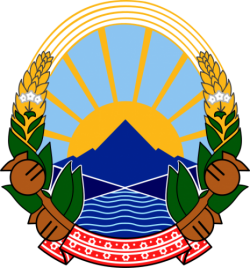

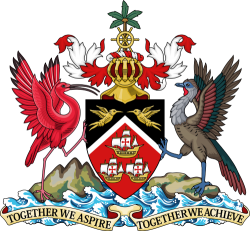

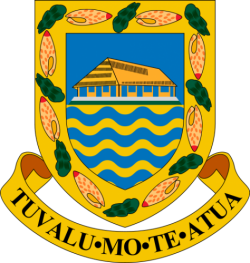

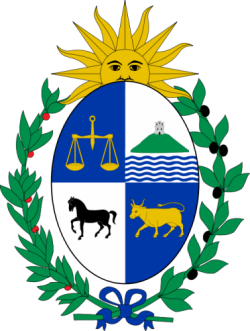





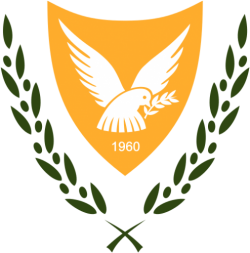
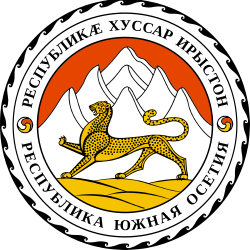
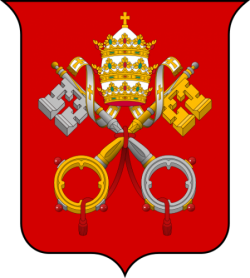
Have a discussion about the Emblems category with the community:
Report Comment
We're doing our best to make sure our content is useful, accurate and safe.
If by any chance you spot an inappropriate comment while navigating through our website please use this form to let us know, and we'll take care of it shortly.
Attachment
You need to be logged in to favorite.
Log In